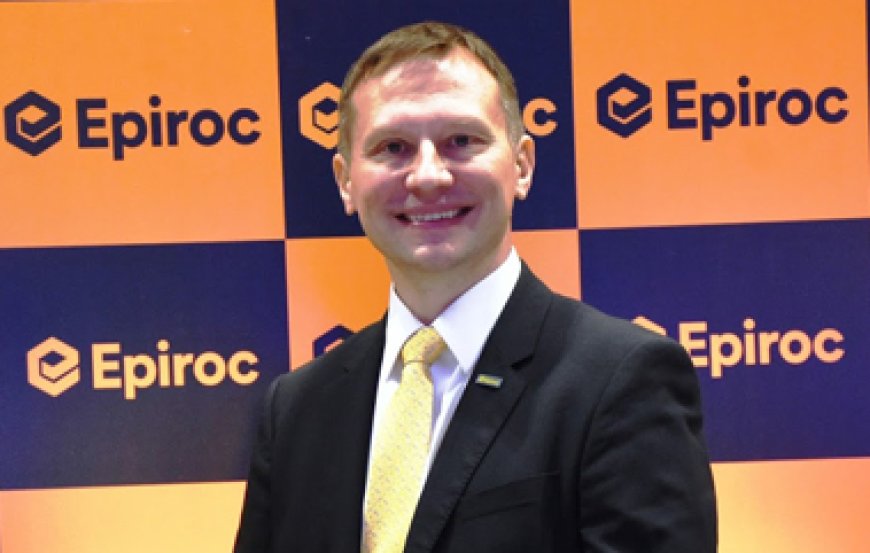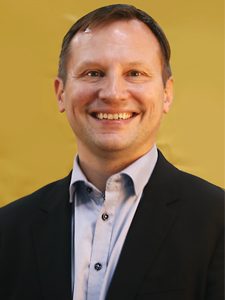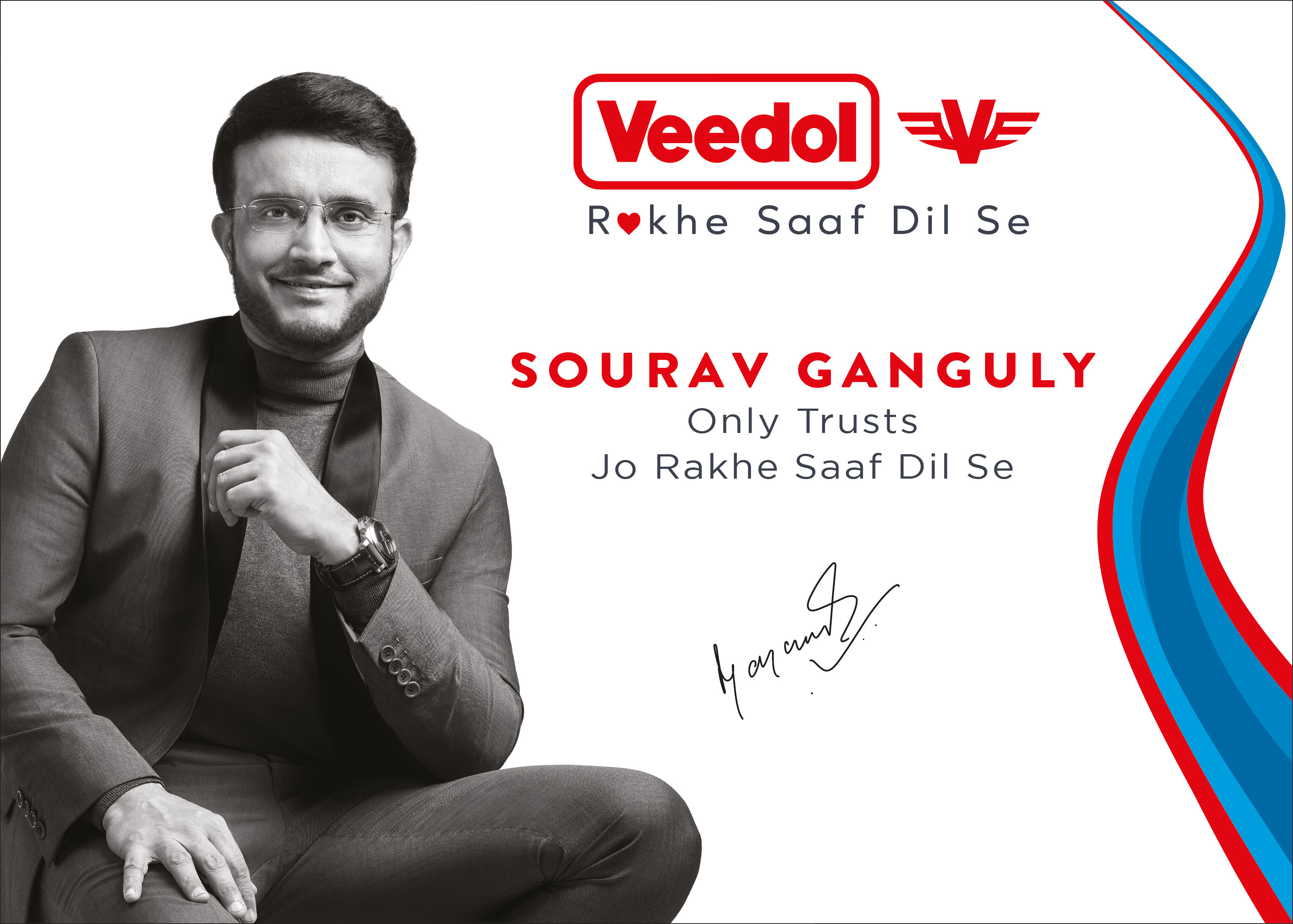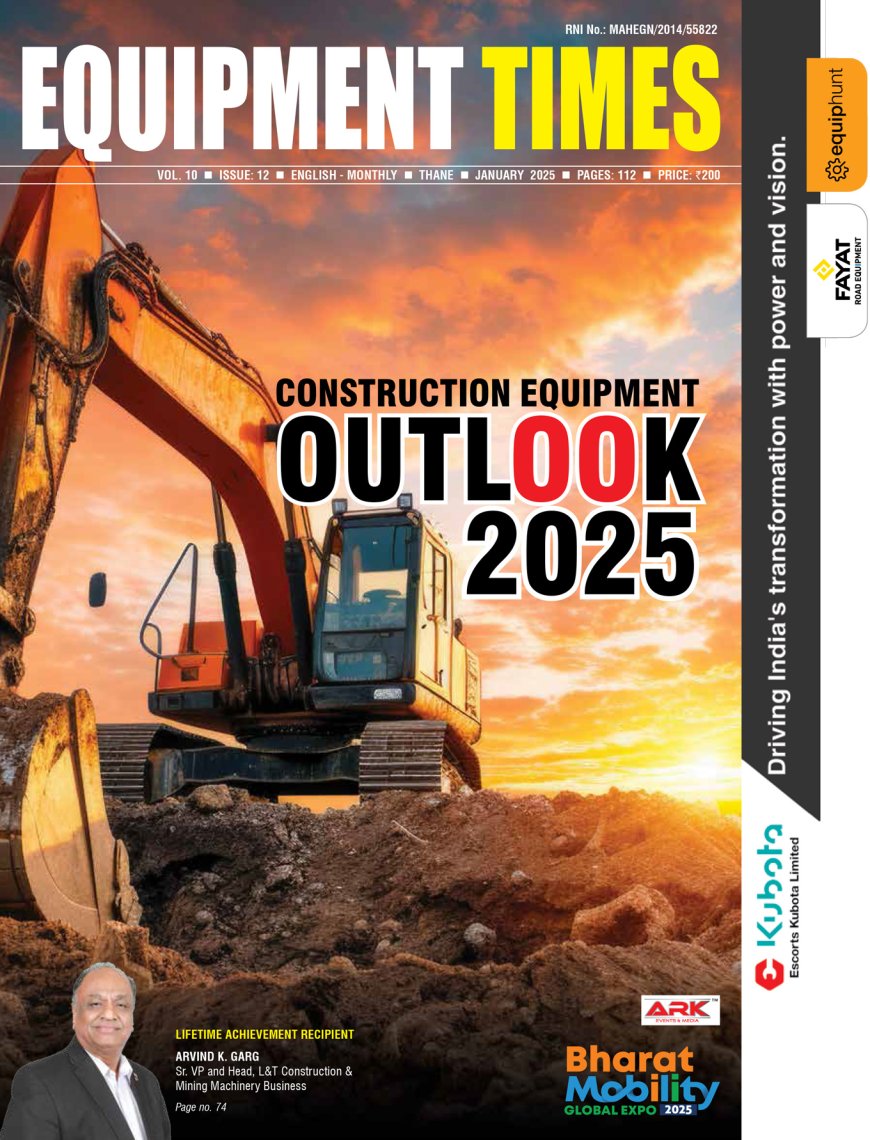Our products are the best as they give maximum productivity to cost invested.
Jerry Andersson, Managing Director, Epiroc India. Per Lindberg, CEO & President Epiroc India Helena Hedblom, Senior VP, MR Business Area, Epiroc India.


Jerry Andersson,
Managing Director,
Epiroc India.
 Per Lindberg,
Per Lindberg,
CEO & President
Epiroc India
 Helena Hedblom,
Helena Hedblom,
Senior VP,
MR Business Area,
Epiroc India.
We are expanding our portfolio with new products in surface mining, exploration and drilling solutions.
Jerry Andersson
Managing Director, Epiroc India
The global management team of mining equipment major Epiroc was here in India recently for the launch of Mine Truck MT436B, designed and manufactured in India and for India and for the global markets as well. In a free-wheeling chat with EQUIPMENT TIMES, Jerry Andersson, Managing Director, Epiroc India sheds light on Epiroc’s future plans, its strategic and technology initiatives for India. Epiroc executive team, Per Lindberg, CEO & President and Helena Hedblom, Senior VP, MR Business Area, also shared the group’s India specific strategies.
What contributory role Epiroc is playing in automation of mines?
Helena… We are so much focused on the safety in mines. Today we have technology by which we are able to control the mining the way we want, resulting in ease of operations. For all mining, we have machines that can be remotely controlled. We have recently sold 20 of these big machines to a client in Australia. These machines are operated at a distance of 1340 kms from mines. We are talking about those standards of automation here in India. Our product development plans have automation and battery technology as high priority to contribute to a more sustainable environment.
What is the scope and demand scenario for such solutions from India?
Jerry: Demands for such machines are already coming from India. We are working with customers on how this could be implemented. It is not just buying another machine. You need to look at your infrastructure, how you are doing this, how you charge the machines and many such things. It requires a commitment from the customer. Also we need to be there to train, to demonstrate and to support the customer as it is a new technology. It will definitely make the mines more sustainable in India.
Indian market seems to be slow in accepting such advanced technology.
Helena – We have taken the lead. We are at the forefront in offering the solutions. If we look from a longer perspective, the interest is starting to grow. There are different types of equipment that helps automation and digitalization of mines and advanced battery technology is evolving. We definitely will be at the forefront.
Comment on the evolution of data analytics in your machines…
Jerry – The data analytics is growing very fast. It is developing really fast all over the world. We have the Certiq System, which we are running now in India. You can monitor basically everything – how the machines are performing, how much it has drilled etc. On some machines you can even see how much it has deviated in the hole. If you have that kind of analytics, you can also change your plans better managing the use of explosives. In analytics indications show whether it is an operator failure, problem with the machine or with the conditions. Based on the analytics, we inform the customer and propose remedial measures.
We have started using the system in India and the demand is picking up fast. These are really, the next generation machines. We are deploying the system on most of the machines also to make it more efficient.
How is the system working at a global level?
Helena- Centrally, we look at the whole fleet, analyze the work of the performers, learn new corrective measures and good practices for our own understanding, guide our customer care centres on how to support customers in a better way. So you learn from failures and understand how to optimize things. Data is the key to do things faster.
What are the challenges in digitalization?
Jerry – Infrastructure availability is a major challenge. And then, convertibility is a challenge for data transfers. The problem is everywhere because mines are usually not placed in infrastructure-friendly locations. There are tools today to overcome. Maybe like we have done it with one site – collecting the data and transfer it at another time. It is not minute-wise but at least once a day, we can get the data, which might be good enough when you make the analysis. It is a challenge for us.
How do you assess the scope for underground mining in India?
Per Lindberg – Underground mining is growing in India. I would say it is still related to already existing customers. It depends on how much they explore and customers like Hindustan Zinc is very progressive. There are gold mines, uranium and other set of mines in India. All of them are looking into how they can evolve together with the digitalization. So the demand for digitalization is going to increase. We as a company are also working to be at the forefront.
Helena: First of all, there has to be exploration, which has been holding a little bit. But it will grow and we will be launching our new exploratory products suited for India, Made in India, this year or beginning of next year. We see a big demand there because as such there is an idea what deposits are there and then you can only do surface mining upto a certain level and then it is not economically viable. Then you have to go underground. Then it changes the whole structure because it is a different commitment to have an underground mine compared to surface. There is a gradual shift from surface mining to underground mining.
Could you site couple of tangible benefits of automation and digitization?
Per Lindberg – Our drilling units are fully computerized and help drill exactly where it is required. You need not manually do anything. This brings more efficiency. There is this example of automatic loading, where the buckets in the mine truck scoops the ore from the mine. It has got sensors where it exactly knows what the curvature has to be to ensure more than 95% efficiency with negligible wastage. When you do that manually, there is a lot of wastage and it takes a highly experienced operator to ensure a good efficiency. Thus automation reduces time and consumption of fuel and makes the job of the operator easy. It automatically stops the machine if there is a failure and thus makes life of an operator smooth.
What is your take on the environmental regulation scenario in mining in India?
Jerry – I think globally the trend is same. It takes quite a lot of time to develop a mine to its potential and then we really start working. Environmental regulations play its part, and it is same all over the globe. Similar is the case with India. India has got great potential in the mining sector, but it will take time before the full potential is realized. The government is proactive and has initiated business-friendly regulations and policies encouraging even the participation of private players. There is still lot to do, and that will happen step by step. We need to adopt a wait and watch policy.
What you have to say about the occasional ban and revoke on ban in mining. It could be a challenge…
Jerry – Of course, it does pose a challenge, but I think that is the way it goes; many companies then learn to do it correctly and that is their responsibility. For a mine operator it is a tough environment; but we ensure that our partners do it correctly, that is our focus.
Government is expected to come up with a new policy…
Jerry – In the end, most probably it is going to help all the stakeholders. But again, it is going to take time. Small players may find it difficult to digest. In the short term, I don’t think there will be any big difference because as I said it takes time. Longer timeframe, yes, it will make a difference.
There are a lot of formalities on the procurement of equipment by Indian PSUs such as Coal India.
Jerry – Yes, there are a lot of formalities involved in the tendering process. Firstly, there is a technical tender that you need to qualify for. Then there is a tender of right. So there is an auction, which is kind of reverse bidding. We do sell a lot of equipment that we make here and also the bigger mining equipment that we import from US to Coal India. There is intense competition, and that is the way it is; but we are definitely there.
Coal India plans to meet the target of one billion tonnes and have announced its plan on buying new equipment and machinery. And there is intense competition.
Jerry – We are monitoring every tender that comes out; study what technical specifications put in. We are there fighting the competition. We have a rich track record of decades in mining. I think we have a good chance to be a great partner out there.
What are the challenges you are facing right now?
Jerry – We have a legacy built up in India, over the decades, but now a new company by name, it has thrown many challenges. For instance, just because we have changed the name of the company, when we participate in a government tender, we need to prove that we have been a supplier in India for so long. How are we going to prove that as all our licences, all our experience, all our credibility built with one name now has changed to another? We need to start all over again. We are taking it in a positive way as it has made it imperative for us to keep us doing things better, deliver beyond expectations. It makes us more efficient in what we do.
Another major challenge what the whole industry is facing, is the difficulty to find skilled people. We need to train and retrain people in machine operation and customer servicing. We need to train them in hydraulics, electrics and electronics; and everything to a certain level, which takes time to achieve. That has been a challenge. We are gearing up to meet that challenge, too.
Since the name change, what has been your performance in India?
Jerry – To be frank, let me tell you the start has really taken off well. During the past nine months or so, we had to change so much and our stakeholders got worried. We need to convince them, we are still that old company and there will not be any problems and we will keep up the reputation built up over the years. I think that people have taken it really well. Now we see new possibilities, and we are there to tap the potential to the fullest.
How do you see the competition in the market?
Jerry – To stay ahead of the market, you can look at your competitor, but you cannot let the competitor lead you. You have to play your own part because otherwise you won’t be the number one. So we have taken the risk. We made sure we are leading the pack. For example, we have come up in such a short timeframe with new equipment, and have strengthened our portfolio from India with the launch of the Mine Truck, which none of our local competitor can’t achieve. I can say for sure we do not have any local competitors who make a machine of this class. So it is to be always on the forefront and with that comes introducing new high quality equipment bringing value to the customer that can be even in the form of digitalization of solutions we provide..
Will there be any more product launch this fiscal?
Jerry – Yes, we are expanding our portfolio this year with new products in surface mining, exploration and drilling solutions.
Could you please tell us more on the training and after market support?
Jerry – What we do today is to make the customer understand how best their fleet can be utilized. We keep it open between them and us. We help with analysis and bring in a lot of efficiency from the machines. In India, the mining scenario is leapfrogging. To pull the efficiency out of that machine, we will chip in and help. We are very committed and that is why we have a very big service network. We have in India over 600 service engineers and our partners, who run into another few 100s. So we train our people with a focus on helping the customer.
We train our employees in our production plant and I think we have got one of the biggest training facilities. We need to send our staff to remotest locations, far away from home in difficult conditions, to serve our customers. So training has to be top class. The situation is common globally and is not specific to India.
Today the ground machines in some mines globally are not utilized fully because it takes time to shift the operator. It takes time to reach the place where it is going to work. People drive in the tunnels, they meet someone and they have to reverse. We have a system, Mobilaris, for that now, where everybody is seen. It is a great asset management system that helps you see people and everything underground that is coming your way.
What are your plans for India?
Per Lindberg – India is a promising hub. Production is of top quality and competitive at the same time. Our products are the best as they give maximum productivity to cost invested. We are looking forward for the expansion of the facilities. Investments will flow along with customers’ demand for products. As new mines come up we will ensure that we are there with best of the solutions for the mining. As India is very much on infrastructure growth projects, there will be high demand for equipment and machinery.
Hits: 77










